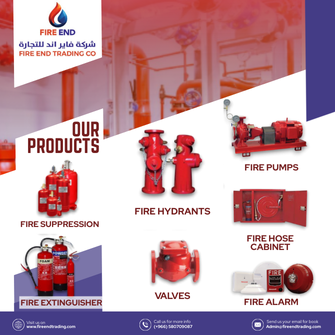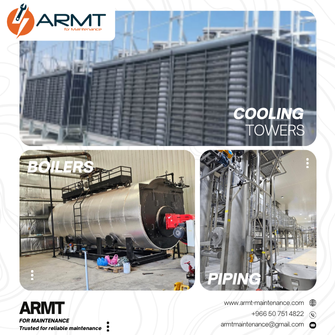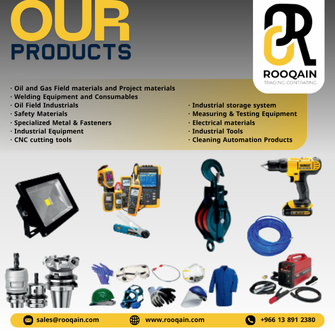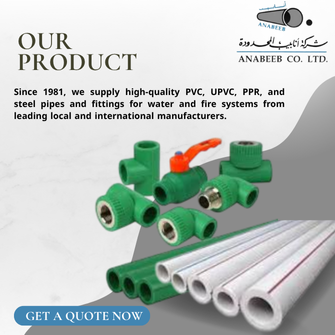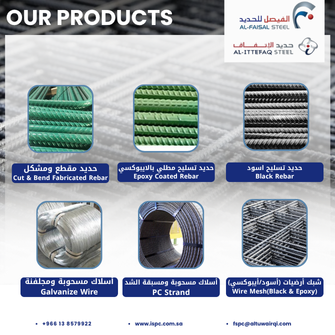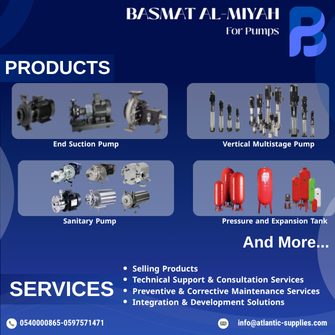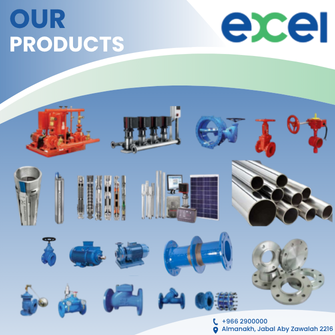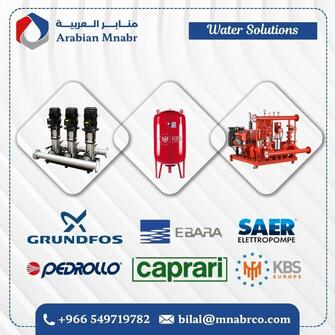advertisement
Gallery
Product Information
Rebar
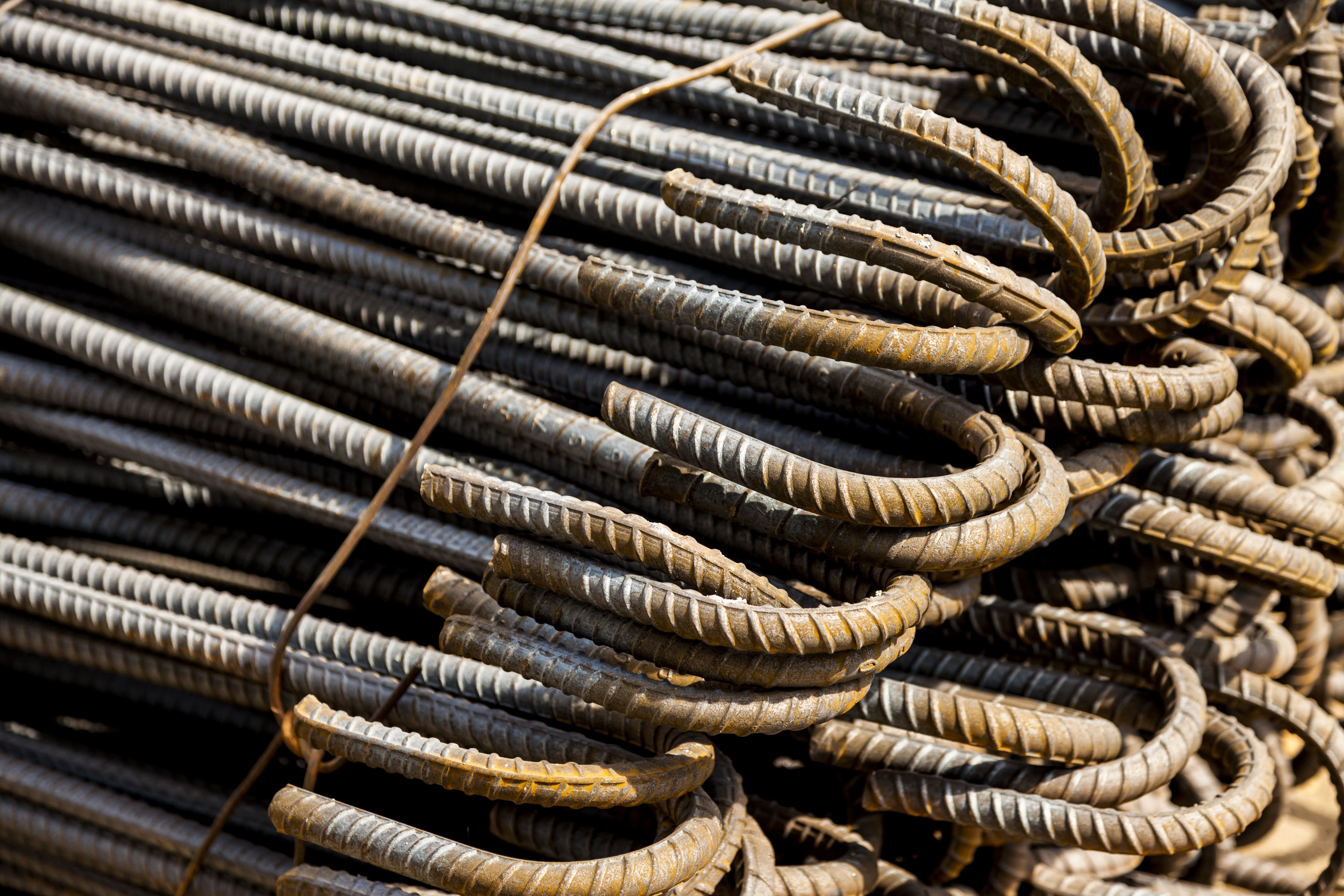
Rebar, also known as reinforcement steel and reinforcing steel, is a steel bar or mesh of steel wires used in reinforced concrete and masonry structures to strengthen and hold the concrete in tension. To improve the quality of the bond with the concrete, the surface of rebar is often patterned.
Rebar is necessary to compensate for the fact that whilst concrete is strong in compression, it is relatively weak in tension. By casting rebar into concrete, it is able to carry tensile loads and so increase overall strength.
Different uses of rebar include:
- Primary reinforcement: Used to provide resistance to support design loads.
- Secondary reinforcement: Used for durability and aesthetic purposes by providing localised resistance to limit cracking and temperature-induced stresses.
- Provide resistance to concentrated loads, spreading it through a wider area.
- Assist other steel bars in accommodating their loads by holding them in the correct position.
- External steel tie bars to constrain and reinforce masonry structures, sometimes as a means of building conservation.
- Reinforced masonry: Some masonry blocks and bricks include voids to accommodate rebar to carry tensile loads. The rebar is secured in place using grout.
Manufacturing
Standards for the specification of rebar are set out in: BS 4449: 2005 Steel for the reinforcement of concrete. Weldable reinforcing steel. Bar, coil and decoiled product. Specification
Rebar is commonly manufactured using mild or high yield steel of grade 250 or 250 N/mm2 characteristic tensile strength. The constituents of both of these grades are around 99% iron, along with manganese, carbon, sulphur and phosphorous. The quality and grade of steel is dependent on the proportion of carbon. Mild cold-worked steel contains around 0.25% carbon, whereas high yield hot-rolled steel contains around 0.40%.
Bars can be manufactured in various forms:
- Round.
- Square-twisted.
- Ribbed.
- Stretched, twisted and ribbed.
- Ribbed and twisted.
Steel reinforcement mesh or fabric can be produced in different formats following BS 4483: Steel fabric for the reinforcement of concrete. Specification.
The standard sheet size is 4.8 m long x 2.4 m wide. It is formed by interweaving or electronically-welding the wires so that it will withstand normal handling. It can be produced in different ways for different applications:
- Square mesh: Mesh size of 200 mm x 200 mm, weight range of 1.54-6.16 kg/sq. m. Typically used for floor slabs.
- Rectangular mesh: Mesh size of 200 mm x 100 mm, weight range of 3.05-10.9 kg/sq. m. Typically used for floor slabs.
- Long mesh: Mesh size of 100 mm x 400 mm, weight range of 2.61-6.72 kg/sq. m. Typically used for road and pavement construction.
- Wrapping mesh: Mesh size of 100 mm x 100 mm. Typically used in suspended or ground supported slabs.
Placing rebar
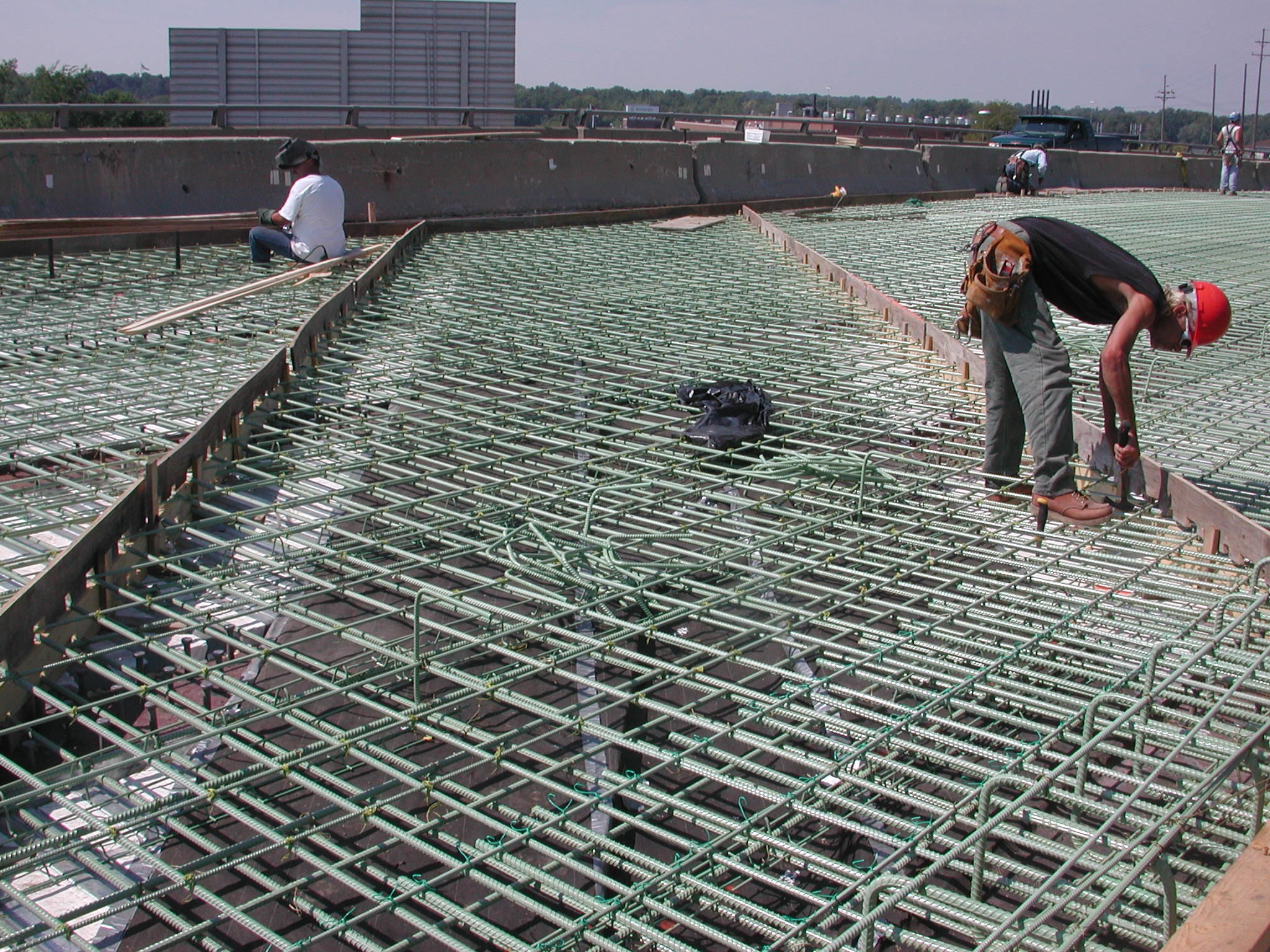
Rebar cages are either pre-fabricated or constructed on site using hydraulic benders and shears. Site labourers known as steel fixers place the rebar and ensure adequate concrete cover and embedment. Rebar cages are connected either by spot welding, tying steel wire or with mechanical connections. Mechanical connections, also known as ‘couplers’ or ‘splices’, are an effective means of reducing rebar congestion in highly-reinforced areas for cast-in-place concrete construction.
Rectangular stirrups are placed at regular intervals on the outer part along a column or beam to prevent shear failure.
For safety purposes while being stored on site, protruding ends of rebar should be bent over or guarded by using coloured plastic ‘mushroom caps’.
Although rebar has ribs that bind it mechanically to the concrete, high stresses can still pull the rebar out of the concrete, which may lead to structural instability and ultimately failure. To prevent this, rebar must be deeply embedded into adjacent structural members (40-60 times the diameter), which increases the friction locking the bar into place. Alternatively, rebar can be bent and hooked at the ends to lock it around the concrete and other rebar sections, which makes use of the concrete’s high compressive strength.
Steel rebar can also be susceptible to corrosion if insufficient cover is provided which can cause the concrete to spall away from the steel, and render it less efficient in terms of fire resistance. As a general rule, the minimum cover should not be less than the maximum size of the aggregate in the concrete, or the largest reinforcement bar size (whichever is largest).
NB In November 2019, The British Association of Reinforcement (BAR) issued a warning to clients and contractors to check prefabricated reinforcement was welded by workers certified to do the job. CARES is the Certification Authority for Reinforcing Steels.
Looking for new opportunities in the Saudi market?
Receiving real RFQs is the key for new orders.
Here in Project Suppliers platform we gain you the new opportunity.





